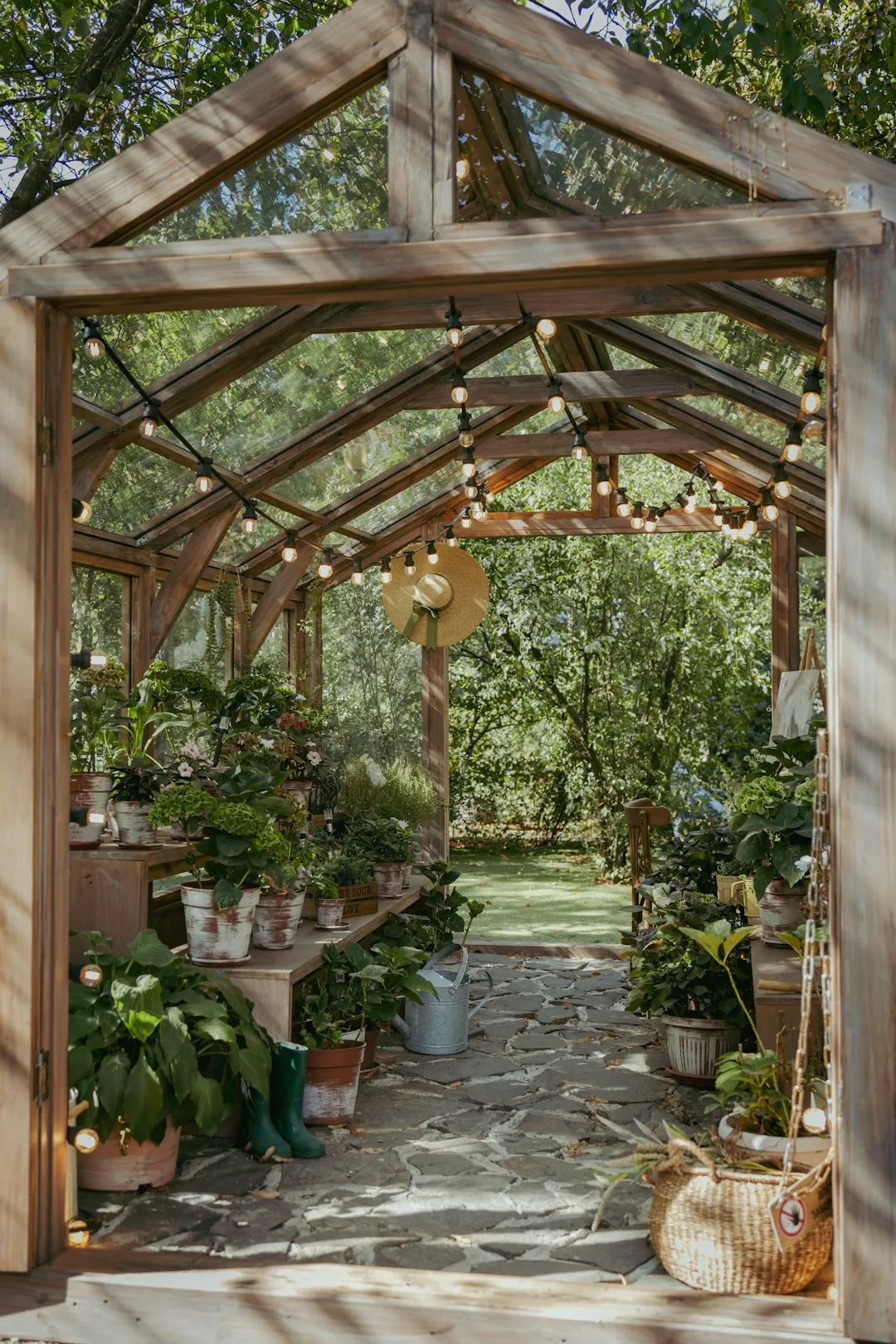The Secret to a Thriving Garden: Bee Hotels

Adding a bee hotel to your yard is not just a trendy gardening move; it's a crucial step towards supporting the ecosystem and ensuring the health of your garden. These tiny structures provide nesting spots for vital pollinators, which are essential for the growth and reproduction of many plants. In this article, we'll explore what you need to know to properly install and maintain different types of bee hotels.
First, let's understand why bee hotels are so important. Bees are the unsung heroes of the garden. They play a vital role in pollination, which is the process by which plants transfer pollen from the male part of the flower to the female part, enabling fertilization and the production of seeds and fruits. Without bees, many of our favorite fruits, vegetables, and flowers would not exist. Unfortunately, bee populations are declining worldwide due to habitat loss, pesticides, and climate change. By providing a bee hotel in your yard, you can offer a safe and cozy home for these important pollinators, helping to boost their numbers and ensure the continued health of your garden.
Now, let's talk about the different types of bee hotels. There are several types of bee hotels available, each designed to attract different species of bees. Some common types include:
- Tube Bee Hotels: These are the most common type of bee hotel. They consist of a series of tubes made from materials such as bamboo, cardboard, or paper. The tubes are typically different diameters to accommodate different species of bees. Tube bee hotels are easy to make and can be hung on a wall or placed in a sunny spot in your garden.
- Block Bee Hotels: Block bee hotels are made from a solid block of wood or other material with holes drilled into it. The holes are usually different depths and diameters to attract different species of bees. Block bee hotels are more durable than tube bee hotels and can last for several years.
- Stacked Bee Hotels: Stacked bee hotels are made by stacking layers of materials such as logs, branches, or bamboo. The layers are held together with wire or string, creating a multi-level structure that provides nesting spots for bees. Stacked bee hotels are a great option for larger gardens or areas with plenty of space.
Once you've chosen the type of bee hotel that's right for you, it's time to install it. Here are some tips to help you install your bee hotel properly:
- Choose the Right Location: Bee hotels should be placed in a sunny, sheltered spot in your garden. They should be at least 3 feet off the ground and away from any areas where they might be disturbed by humans or animals. Avoid placing bee hotels near areas where pesticides are used, as this can be harmful to the bees.
- Secure the Bee Hotel: Make sure your bee hotel is securely attached to a wall, fence, or post. This will prevent it from falling over or being blown away by the wind. You can use screws, nails, or wire to secure the bee hotel in place.
- Provide a Water Source: Bees need access to water, especially during hot, dry weather. You can provide a water source for your bees by placing a shallow dish of water near the bee hotel. Make sure to change the water regularly to prevent the growth of algae and bacteria.
Finally, let's talk about how to maintain your bee hotel. Here are some tips to help you keep your bee hotel in good condition:
- Clean the Bee Hotel Regularly: Over time, the tubes or holes in your bee hotel may become clogged with dirt, debris, or old cocoons. To keep your bee hotel clean, you can use a small brush or pipe cleaner to gently remove any debris from the tubes or holes. You can also soak the bee hotel in a solution of warm water and mild soap to clean it more thoroughly.
- Replace the Tubes or Blocks: After a few years, the tubes or blocks in your bee hotel may start to break down or become damaged. To ensure the continued health of your bees, it's important to replace the tubes or blocks every few years. You can purchase replacement tubes or blocks from your local garden center or online.
- Monitor the Bee Hotel: Keep an eye on your bee hotel throughout the year to see if any bees are using it. You may notice bees entering and exiting the tubes or holes, or you may see small cocoons inside the tubes or holes. If you don't see any bees using your bee hotel after a few months, you may need to move it to a different location or try a different type of bee hotel.
In conclusion, adding a bee hotel to your yard is a simple and effective way to support the ecosystem and ensure the health of your garden. By providing a safe and cozy home for these important pollinators, you can help to boost their numbers and ensure the continued production of fruits, vegetables, and flowers. So, what are you waiting for? Start planning your bee hotel today and watch as your garden comes alive with the buzz of bees!